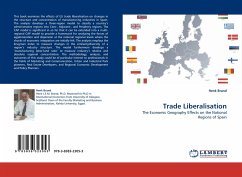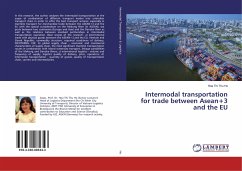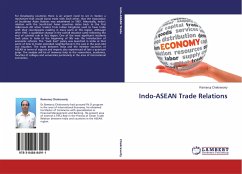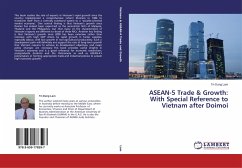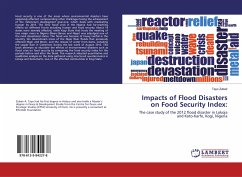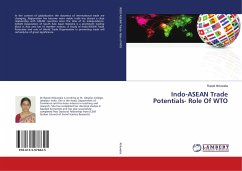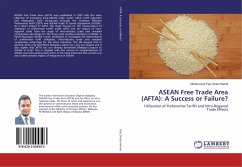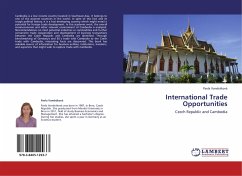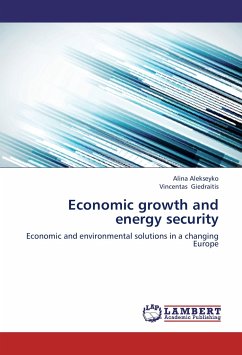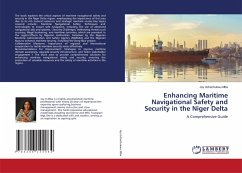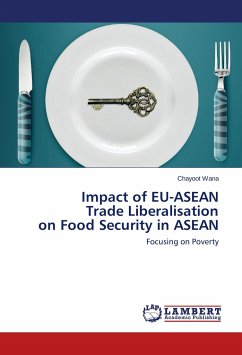
Impact of EU-ASEAN Trade Liberalisation on Food Security in ASEAN
Focusing on Poverty
Versandkostenfrei!
Versandfertig in 6-10 Tagen
28,99 €
inkl. MwSt.

PAYBACK Punkte
14 °P sammeln!
This book aims at estimating empirically the impact of EU-ASEAN trade liberalisation on food security in ASEAN with a specific focus on people who live below the international poverty line. This study investigates the projected food security situation in ASEAN countries after the EU-ASEAN trade liberalisation is implemented, taking the effects of non-tariff barrier elimination into account in order to compare the effects between the elimination of TBs only and the elimination of both TBs and NTBs for each ASEAN country. The results from the GTAP model introduced in this study indicate that the...
This book aims at estimating empirically the impact of EU-ASEAN trade liberalisation on food security in ASEAN with a specific focus on people who live below the international poverty line. This study investigates the projected food security situation in ASEAN countries after the EU-ASEAN trade liberalisation is implemented, taking the effects of non-tariff barrier elimination into account in order to compare the effects between the elimination of TBs only and the elimination of both TBs and NTBs for each ASEAN country. The results from the GTAP model introduced in this study indicate that the EU-ASEAN trade liberalisation can create production expansion for net food exporting countries while net food importing countries are estimated to encounter contraction in food production and to depend on more imports. In addition, the elimination of both TBs and NTBs is expected to result in more positive effects such as increases in food production, consumption and income than those of TBs elimination only. However, despite the increase in food consumption, the nutritional energy consumed by people below the poverty line just rises over the MDER and it is still far from reaching the ADER.



